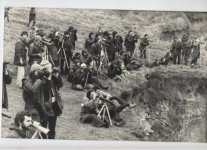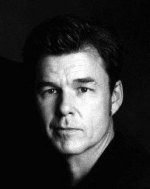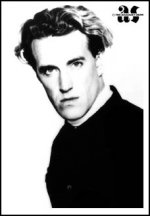Gavo
Well-known member
GREAT PHOTOS & GREAT SOUNDTRACKS OF THE 70s
Love the comparison shots of the Ringy & LRP - I assume this was taken from the lower Flashes hide? Despite the criticism the hide has received, we have some truly great picture, with features like leg-colour, perspective and size-comparison showing really well
Back to the music - I recall vividly "doing the kick" at a school disco to the Skids seminal, Into the Valley - 1978/1979, with an older brother taking me to gigs was a musical extravaganza - Undertones, SLF, Ramones, Siouxsie, The Tubes, The Damned.........Kids today have no idea.......might have to dig out my tartan bum-flap!
Haha I remember one day last spring when we were doing the Sunday roost in the flashes hide and I had my SLF t-shirt on, we all got sentimental talking about the good ol' days when music was music. I went to a punk all-dayer a few years back, there was vice squad, u.k. subs and cock sparrer to name a few, great day, great music :t:








